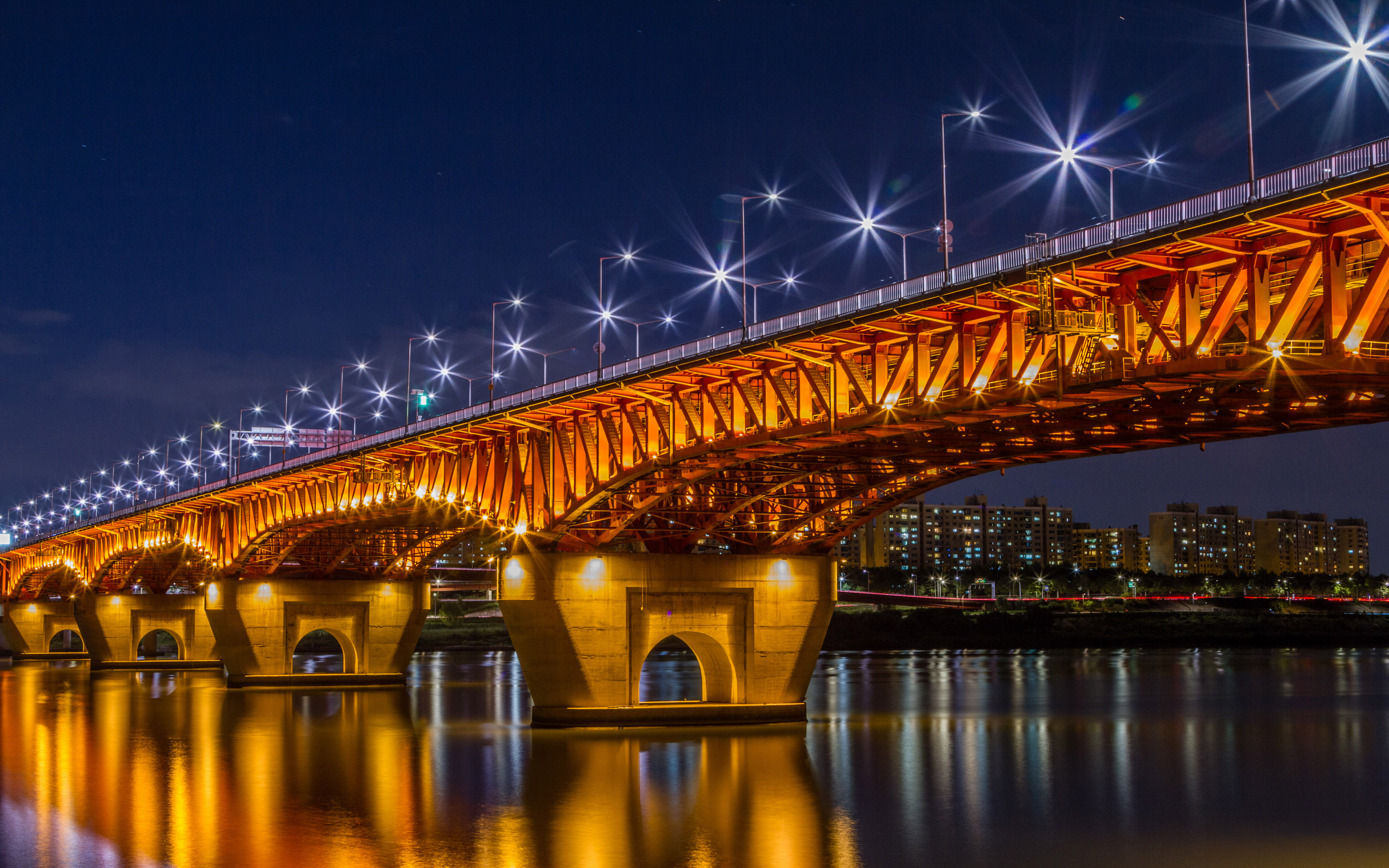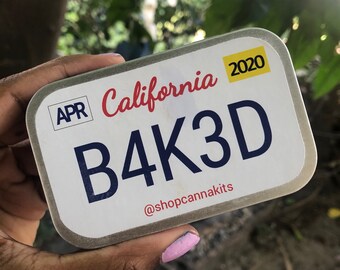- South Korea 2020 Kitsempty Spaces The Blog Free
- South Korea 2020 Kitsempty Spaces The Blog -
- South Korea 2020 Kitsempty Spaces The Blog Template
- South Korea 2020 Kitsempty Spaces The Blog 2017
Interesting Facts for Kids
South Korea’s space research and development started late compared to advanced space programs. In 1989, South Korea had just established KARI while NASA regularly launched space shuttles and its. The administration was so concerned that in 2011, it launched a program of exercises with South Korea to plan for an outbreak on the peninsula, practicing quarantining and disease tracking. Seoul, Korea: Space out on Space-A. One of the fringe benefits of the military, or being a military dependent, is the privilege of riding on the little-known network of air travel that circumnavigates the globe and supports US military installations with personnel and supplies.
Here are some interesting South Korea Facts which were chosen and researched by kids especially for kids.
South Korea Facts at a Glance
- Population: 51.8 million people live in South Korea (2020). The majority of the people live in the province surrounding Seoul in the north west of the country.
- Capital: Seoul with 10 million inhabitants is also the country's biggest city
- Name: 대한민국Republic of Korea (ROK)
- Government: Presidential Republic
- Official Language: Korean
- Literacy: More than 95% can read and write.
- Religion: Main religions are Christianity (27%) Buddhism (15%), however many practise Confucianism regardless of their religious beliefs
- Currency: 1 South Korean Won equals 100 Jeon
- National Anthem: Aegukga ('Patriotic Song')
- National Symbols: Taegeuk (yin yang symbol). The national emblem Gukjang includes the yin yang symbol and the national flower combined. The National Flag is called Taegukki, the national colours are red, white, blue and black.
- National Flower: Mugunghwa (Rose of Sharon or Hibiscus syriacus)
- National Animal: Siberian tiger
- History: For many centuries, South Korea was an independent kingdom, but after 1905 the country was ruled by the Japanese. After Japan surrendered to the USA after the Second World War in 1945, Korea gained independence again, but the country soon was split between South Korea (which is largely supported by the USA) and communist North Korea along the 38 degrees latitude. Since 1953 South Korea's economy expanded successfully, while the people in North Korea are very poor and the relations between the two Koreas are very strained.
- National Holiday: 15 August (Liberation Day)
- President: Moon Jae-in (since May 2017; Next elections will be in March 2022)
Where is South Korea? - South Korea Map
South Korea is located in Eastern Asia and sits on the southern half of the Korean peninsula. The only land borders are with North Korea with which South Korea shares the Korean peninsula.
The Korean peninsula is surrounded by the West Sea/Yellow Sea, the South Sea/East China Sea and the East Sea/Sea of Japan.
South Korea has a coastline of about 2413 km/ 1500 miles in length. The capital city of South Korea is Seoul.
South Korea is roughly the size of England or Portugal and about ⅓ of the size of Germany. South Korea is slightly smaller than the US state of Pennsylvania or seven times smaller than Texas!
South Korea Geography
South Korea is a mountainous country, with about 70% of the land covered by hills and mountains. Nam-san or Nam mountain overlooks the capital city of Seoul.
The highest mountain of South Korea is Halla-san, also called Mount Halla, with a height of 1950 m/ 6400 ft. Halla-san is a shield volcano and one of three volcanic mountains on the Korean peninsula. South Korea sits on the 'Ring of Fire' where earthquakes and volcanic eruptions occur. Halla-san is an active volcano, however, it has not erupted in many centuries. The mountain is located on the island of Jeju.
Jeju is the largest South Korean island and located to the south of the peninsula. It has a moderate climate and is a popular holiday destination. There are more than 3000 islands mainly off the southern and western coastlines of South Korea.
Nakdong River is the longest river in South Korea. It is 510 km /320 miles long. The river passes through the cities Busan and Daegu in the southeastern part of the country.
Chungju Lake is the largest lake in South Korea. This lake in central South Korea is not a natural lake as it has been created by flooding of the valleys after the construction the Chungju dam.
The biggest cities in South Korea are:
- Seoul - 10 million inhabitants
- Busan (Pusan): 4.5 million inhabitants
- Incheon (Inch'on): 2.8 million inhabitants and
- Daegu (Taegu): 2.3 million inhabitants
South Korea is one of the most technologically advanced countries and the educational standards are high. Below you see a photo of Incheon, which is the third populous city in South Korea. The city's international airport is the largest in South Korea and one of the busiest transport hubs in Asia.
South Korea 2020 Kitsempty Spaces The Blog Free
South Korea experiences a temperate climate with cold winters and mild summers with often heavy rainfalls.
South Korea 2020 Kitsempty Spaces The Blog -
South Korea for Kids
Attractions
Seoul is the country's capital and largest city. It is situated by the Han River. A quarter of South Korea's population live in Seoul and the surrounding area. Myeong-dong, the main shopping district of the capital city, is a busy shopper's paradise with glittering lights and billboards.
Bukchon Hanok Village, on the other hand, is the preserved old quarter and traditional Korean village you simply must see. Here you will also find Gyeongbokgung Palace.
Jeju island, or Jeju-do in Korean, is the country's largest island and one of the most popular Korean holiday destinations. With a mild climate and numerous possibilities to go hiking in the mountains, many come to visit the island, marvel at the rock cliffs and see the famous landmarks Halla-san or Sunrise Peak. Or one can enjoy lazing at the fabulous beaches, as there are lots of activities for the whole family.

Busan is a large port city in the southern part of the country. In South Korea's second biggest city, you can do your shopping and temple tours but also relax at some stunning beaches.

And there you will be close to fascinating mountains too! The national park surrounding Koreas second highest mountain Jiri-san is only about three hours from the city of Busan.

Another great place to marvel at nature is Seorak-san National Park for its breathtaking mountains with its snowcaps. There is also the huge Great Unification Buddha statue which weighs over 108 tons and is 14.6 metres /48 ft high.
Pyeongchang is a winter resort in the north eastern region of South Korea. The city was one of the sites for the Winter Olympics 2018.
The city is a popular winter holiday resort and has all kinds of sports activities to offer and accommodation options are varied and plentiful. Did you know that the Olympic mascot, a white Siberian tiger, was called Soohorang?
People who visit Seoul can travel to Pyeongchang via the Korean bullet train.
South Korea Facts | Korean People
Most Koreans (81%) live in urban areas of the country. The lowlands around the capital city Seoul and Incheon are home to the majority the South Koreans.
The people in rural areas are still much poorer and many live a simple life.
Many Koreans practise Confucianism which is an old tradition in many Asian countries. Confucianists follow the teachings of Chinese teacher and philosopher Confucius who told his pupils to lead a simple life, do good and respect each other.
Koreans celebrate the new year twice! The New Year celebration are on 1 January as most countries do and for Lunar New Year which is celebrated in February each year. 2020 is the year of the rat, 2021 will be celebrated as the year of the ox.
Children look very much forward to the Lunar New Year celebrations which are three days long. Over the new year children get gifts, often money wrapped in red envelopes or red packets, from family and friends. People in Korea will wear their traditional costumes, such as the hanbok, for national and regional cultural festivals.
Korean pop music, also called k-pop, has become famous worldwide especially after PSY's 'Gangnam Style' YouTube hit in 2013. Gangnam refers to the city of Seoul.
South Korea Facts | Korean Language
Although Korean (also called Hangul) is the official language, in many regions people speak Korean dialects. Children learn Korean and English in school and most people speak English fairly well. Some schools offer Mandarin classes as well.
The Korean alphabet has 24 letters and the language does not have any articles and does not follow a word order. The language is similar to Mandarin and Japanese in that that it is written and read from top to bottom and from left to right.
Korean is the language of both countries: South Korea and North Korea. Apart from using a slightly different accent and some dialects, the Koreans can understand and communicate with each other.
South Korea Facts | Economy
South Korea 2020 Kitsempty Spaces The Blog Template
South Korea is one of the biggest economies in Asia and among the four 'Asian Tiger Countries' which also includes Singapore, Taiwan, Hong Kong.
The main trading partners are China, USA, Japan, Germany and Vietnam. Big Korean companies are Samsung, Hyundai, LG Electronics and Lotte Group.
The Lotte World Tower in Seoul is the highest building in the country and the fifth highest in the world.
Coal, graphite and lead are among the main natural resources of South Korea.
South Korean Facts | Korean Food
Many Korean dishes are rice, vegetable, soya and meat based.
South Korea 2020 Kitsempty Spaces The Blog 2017
Sesame seeds, chillis, kimchi and rice products are the most common ingredients in Korean dishes. Koreans mainly eat with spoons and metal chopsticks. The spoon is used for rice, stews and soups only. Here is some typical Korean dishes:
- Kimchi: traditional dish made with fermented vegetables such as cabbage or leafy greens and chillis
- Dak Galbi: spicy chicken stir-fry with sweet potatoes, rice cakes and vegetables
- Bulgogi: grilled meat and vegetable dish
- Jajangmyeong: very popular street food consisting of noodles, vegetables, fried pork or seafood in a thick black bean sauce.
- Bibimbap: mixed rice with four to six different vegetables and often served with an egg that might be fried and sunny side up or raw as is shown below.
South Korea Facts |
Korean Animals
There are many endangered animal species living in South Korea. Among them are the Siberian tiger, the Amur leopard, the golden eagle, the lynx and the Siberian musk deer.
Below you see animal statues at Heading Yonggungsa temple in Busan. These animals depict the twelve Zodiac signs.
South Korea Facts | Resources
- Life in Korea. 'Cultural Spotlight.' Life in Korea. Last accessed 27 May 2020
- Russell Holloway. 'Korean Culture.' Korean Language. Last accessed 27 May 2020
- Mimsie Ladner. '10 Animals native to South Korea and where to see them. Culture Trip. 22 June 2017. Last accessed 27 May 2020.
- Central Intelligence Agency. 'South Korea.' CIA World Fact Book. Last updated 20 May 2020. Last accessed 27 May 2020.
- Ministers of the Interior and Safety. 'National Symbols.' South Korean Government.Last accessed 27 May 2020.
Please bookmark our page if you are interested in South Korea Facts for Kids as our page will be updated regularly. Feel free to contact us if you or your school would like to join in our schools project and provide more South Korea Facts. Looking forward to hearing from you! And enjoy learning more great South Korea Facts soon:-)
Picture credits in main text on South Korea Facts: shutterstock.com
